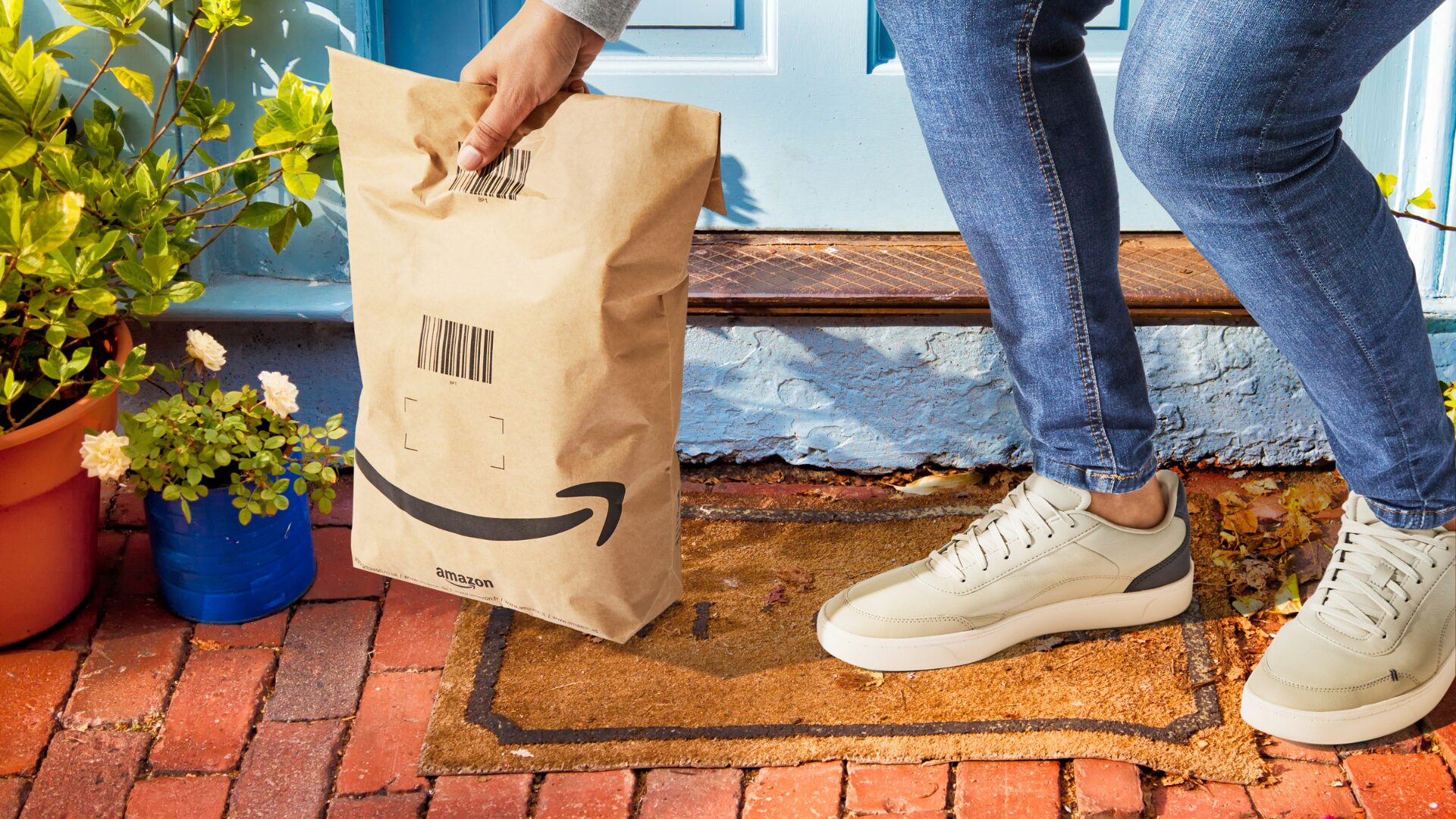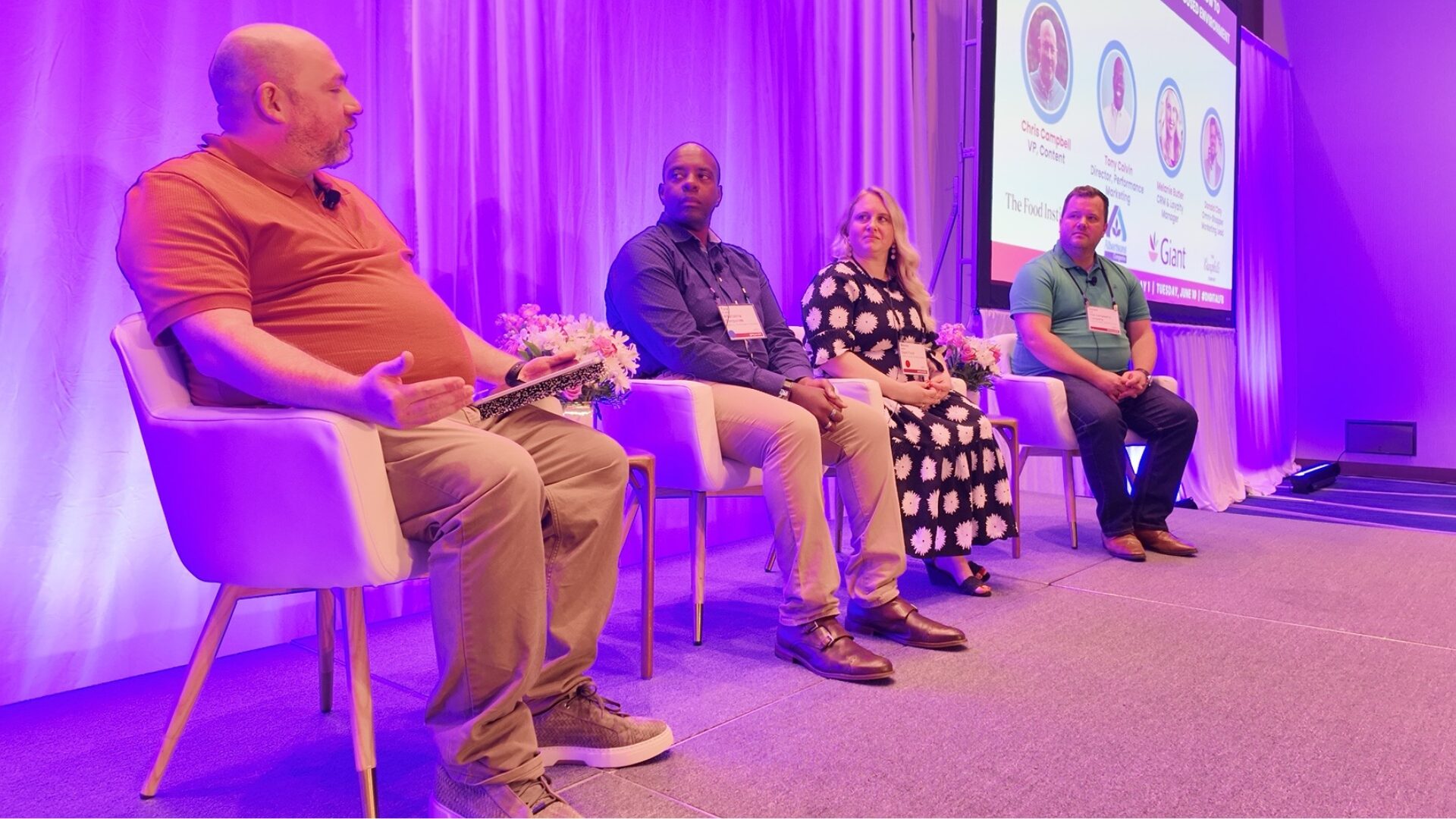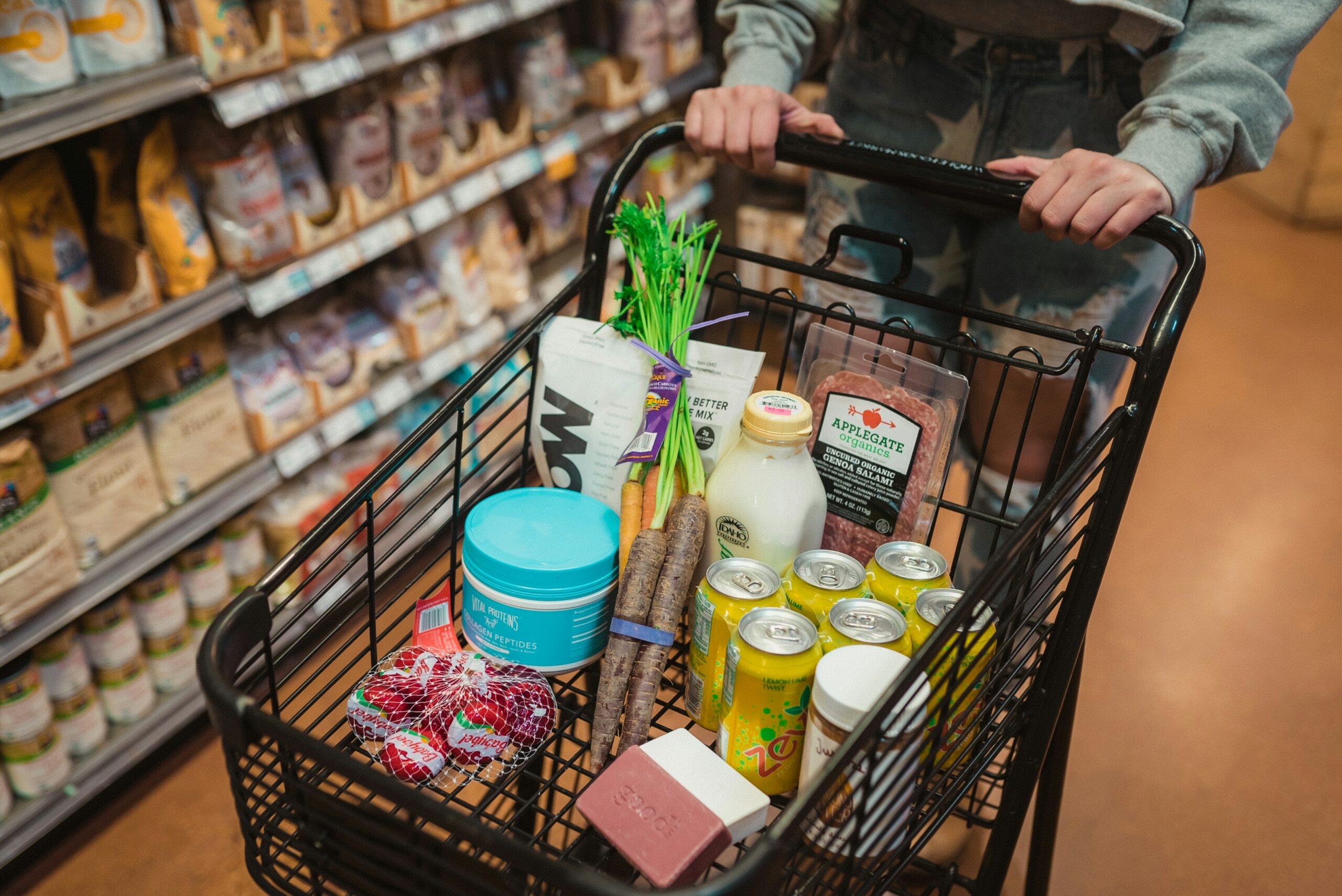Amazon reportedly is expanding its Prime Day sales from two days to four, giving consumers and sellers nervous about tariffs and the economy in general a break and targeting younger shoppers with discount subscriptions to Prime. This year’s “Christmas in July” sale will run July 8-11, Reuters reported.
A survey of 1,000 adults by Algolia indicated 87% of consumers plan to shop summer sales and 69% wait for such events as Amazon Prime Day. Respondents said they look for prices and promotions (71%), product quality and durability (48%) and fast/free shipping (40%). Half of those surveyed said they plan to do their Christmas shopping.
Millennials and Gen Z are the most enthusiastic Prime Day shoppers, the survey found.
But has the word “sale” lost its cachet, and can Amazon top the $14.2 billion it raked in over two days last year?
Prime Day’s New Problem
Efrat Ravid, CMO for Quantum Metric, told The Food Institute increasing sale periods often dilutes consumer response.
“Our recent data supports that 40% of consumers say more discount days have made them feel less urgency to shop sales,” Ravid said, noting a lengthier shopping period removes the impulse factor and could lead to significant cart abandonment as shoppers, intending to add to a purchase before hitting “buy now,” forget.
“The reality is, Amazon will need major hooks to bring customers back to their carts and ensure that they don’t forget to complete the purchase with a longer Prime Day window,” Ravid said.
Yet, there’s the thrill of the hunt.
“Extending Prime Day isn’t just about capturing more transactions: It’s about creating more moments of discovery,” said Dilini Fernando, CMO at Freeosk. “Under time pressure, shoppers tend to focus on familiar categories and essentials. But today’s consumers love the thrill of unplanned finds. By stretching the timeline, Amazon gives them space to peruse the digital shelf, opening the door to new categories and brand trial.”
Logistics expert Amrita Bhasin, who works in the overstock and liquidation space at Sotira, suggested significant overstock may be behind Amazon’s decision to extend its signature event but warned consumers may have become immune to sales.
“We are seeing more low-income people turn to the secondary market and treasure hunt bargain shopping via off price and discount brick-and-mortar stores in the U.S.,” Bhasin said. “The secondary/overstock/off-price market is growing rapidly and is projected to be an $800 billion market as more brands and retailers are stuck with stock they cannot move through on primary channels.”
Retail Heavyweights Face Off
Despite such obstacles, competitors like Walmart, Target and TikTok are likely to follow Amazon’s lead, said Elizabeth Lafontaine, director of research at Placer.ai.
“Retailers are vying for shoppers’ attention, which becomes even more complex as consumers visit a wider variety of retailers during the back-to-school season,” Lafontaine said.
“So, promotions and specials may help retail chains to court new and repeat customers and steal share away from competitors.”
Amazon’s competitors have previously announced sales during the same time as Prime Day and will likely continue the tradition this year to compete, said Sarah Jankowski, director of user growth and integrated marketing at Shopkick.
“The convenience of clicking to purchase, coupled with the fanfare of 72% off, is hard enough to beat as-is, even for those who offer price matching,” Jankowski said. “Competing retailers will need to rely on brand loyalty, seamless [user experience] online and in-app, and offer unique in-person deals and experiences to beat the Prime Day appeal.”
The Food Institute Podcast
This Episode is Sponsored By: Tibersoft
Data is becoming more and more important to the food-away-from home sector, but the quality of both the data and the people who handle it remain key to success. Tibersoft’s Suzanne Cwik joined The Food Institute Podcast to discuss how speed, precision, and efficiency should be the cornerstones of a data management plan.












